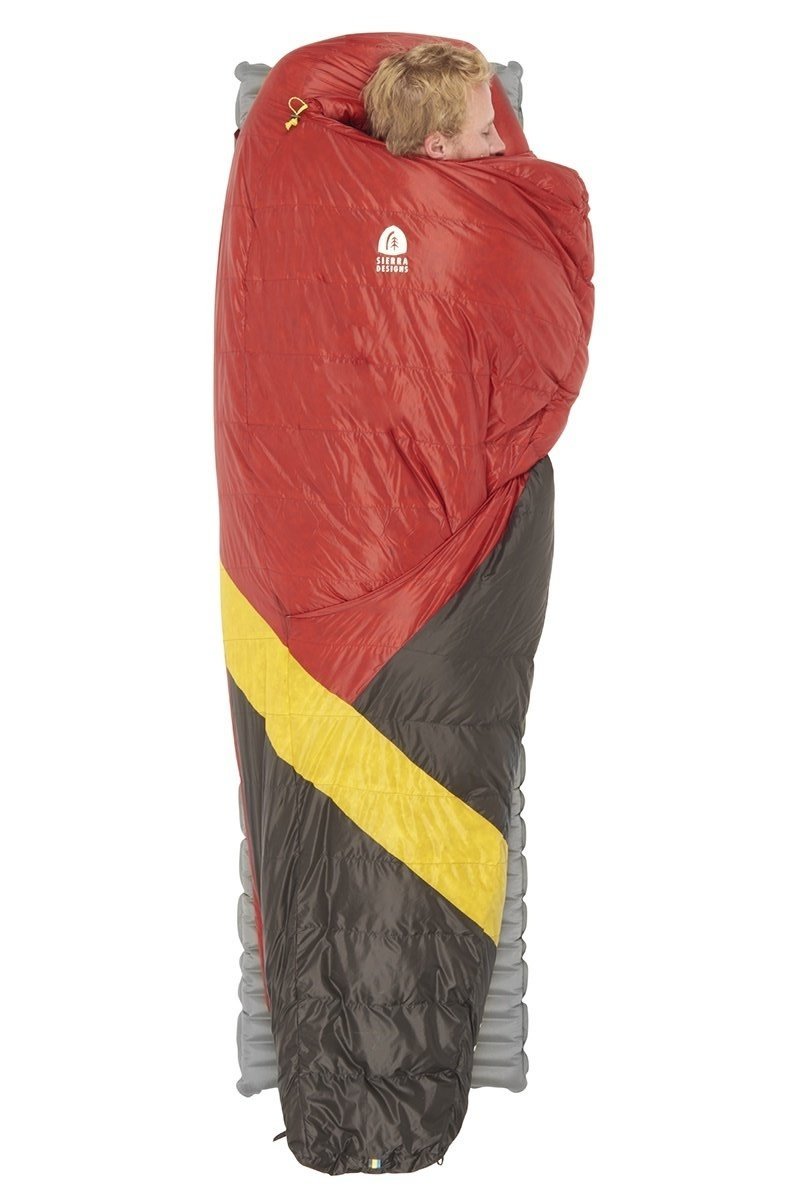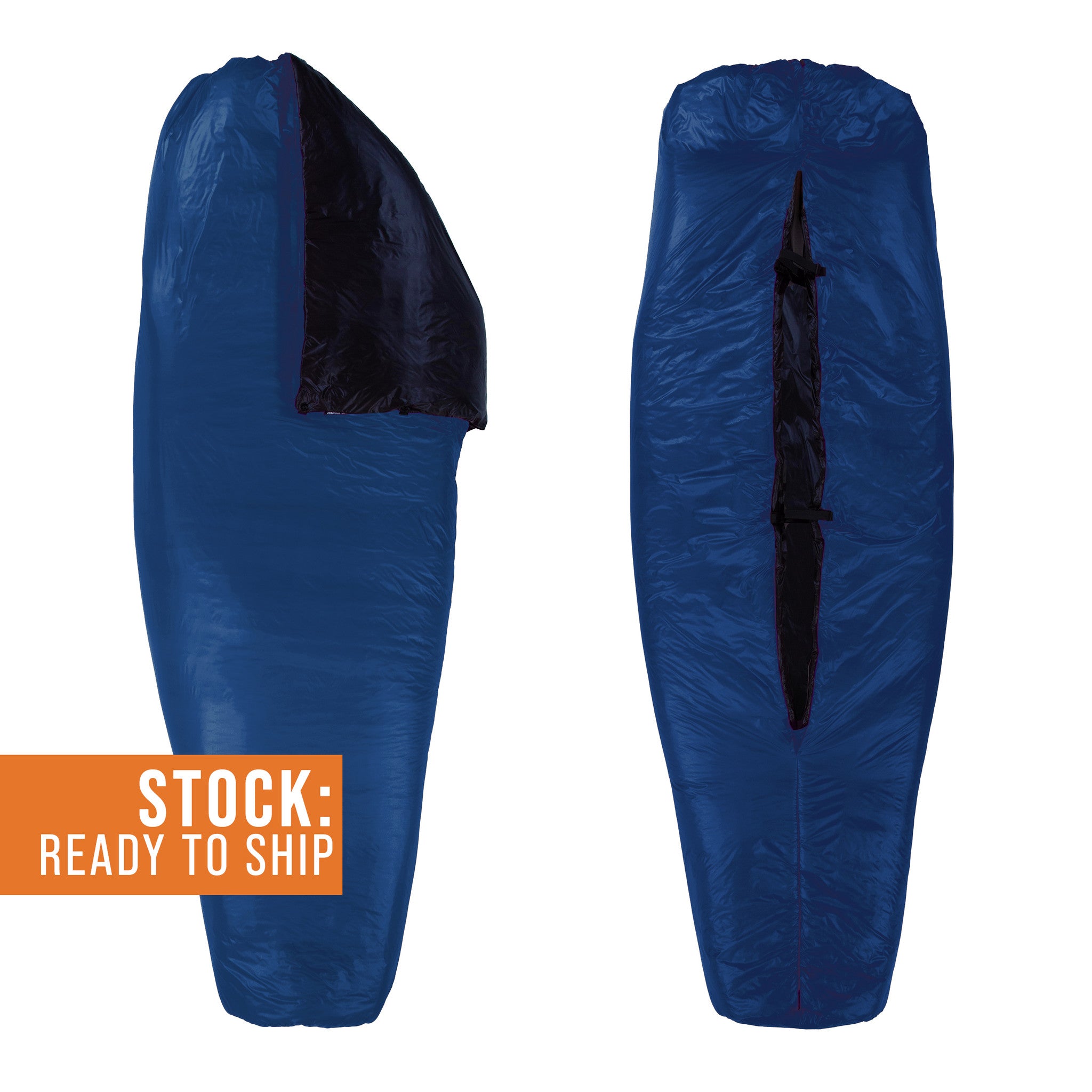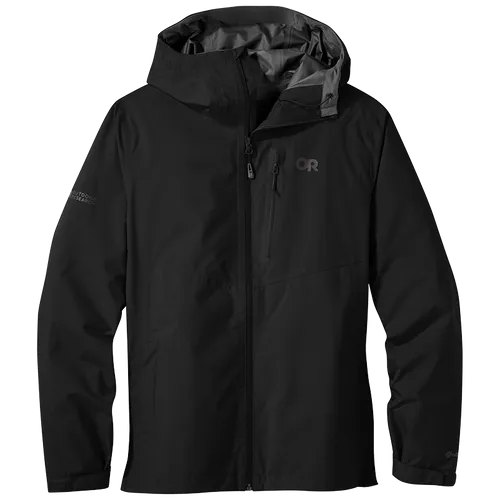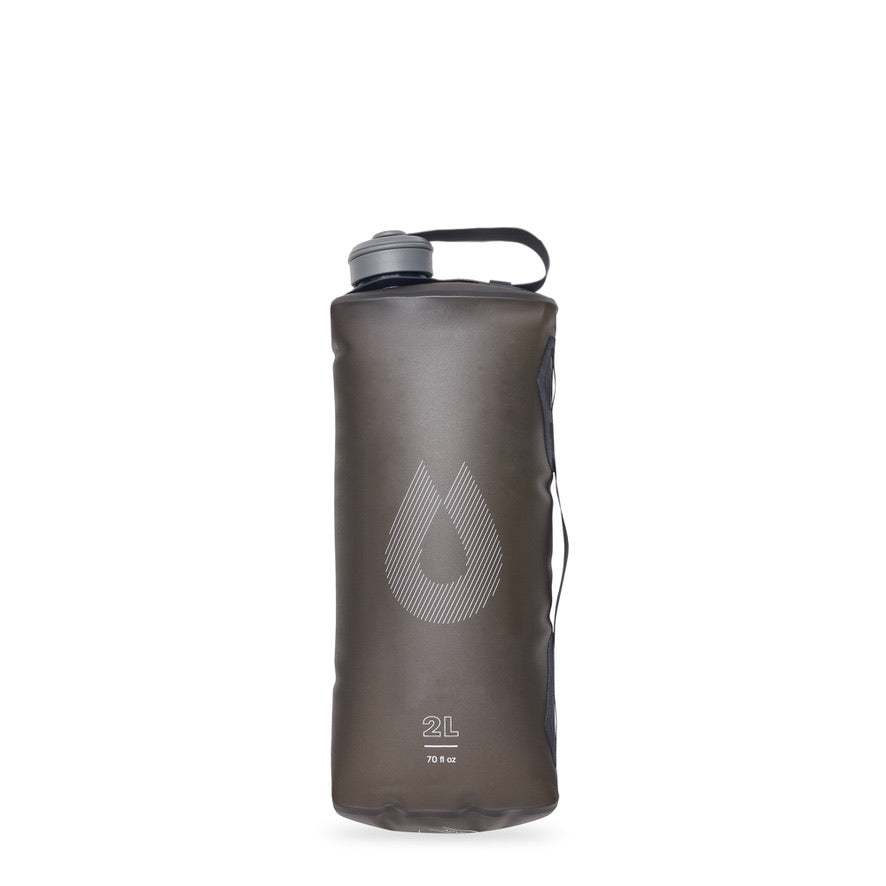Picture this: you're miles deep into the wilderness, your feet are light and there's a serene sort of silence save for the rustle of leaves underfoot. That's the magic spun by ultralight gear, turning hefty hikes into nimble jaunts. It’s not just about shaving off grams - it’s freedom in every step.
Hikers remember their first encounter with a featherweight pack – skeptical at first, until each mile felt like less of a slog and more like dancing with nature. The shift is profound - moving through landscapes but becoming part of them.
You'll soon find out how swapping to ultralight sleeping bags or whisper-thin tents can transform your outdoor treks from endurance tests to pure adventure. So stick around because we’re about to unravel how ultralight gear could mean travelling further, exploring longer and connecting deeper with the great outdoors.
- Understanding ultralight gear and its advantages
- Defining ultralight backpacking
- The benefits of lightening your load
- Essential ultralight gear for trail success
- Choosing the right sleeping bag for comfort and warmth
- Selecting an ultralight sleeping mat for insulation
- Shelter solutions - picking the perfect ultralight tent
- Apparel strategies - staying warm and dry with minimal weight
- Layer up without weighing down
- Efficient meal prep - cooking options on the trail
- Cookware essentials for the ultralighter
- Making meals happen with minimal fuss
- Fuel efficiency tips that'll warm your soul (and food)
- The role of hydration systems in ultralight packing
- Dry bags: the unsung heroes
- The repair kit: a featherweight fixer-upper
- Frequently Asked Questions (FAQs) in relation to ultralight gear
- Are ultralight packs worth it?
- What is the difference between ultralight and lightweight?
- How many kg is ultralight?
- What qualifies as ultralight backpacking?
Understanding ultralight gear and its advantages
The essence of ultralight backpacking is all about shedding pounds to step up your outdoor gear game. It's like swapping out lead boots for feather-light slippers - suddenly, you're covering ground with ease. Imagine lacing up hiking boots that feel as if they defy gravity or a sleeping bag that’s snug yet almost weightless. This isn't just gear, it's freedom in your pack.
Defining ultralight backpacking
We’re not talking cutting corners here, we’re discussing clever choices that reduce weight without compromising on the experience. The rule of thumb? Keep the base weight under 10 pounds - a figure echoed by enthusiasts who count every ounce before hitting the trail.
Ultralight backpacking backpacks are at the heart of this philosophy: designed to hold what you need and nothing more, helping hikers maintain energy over multiple days without feeling bogged down by their load.
The benefits of lightening your load
Ditch excess baggage, and watch how far you can go. Less strain means longer strides across valleys and peaks alike. And there’s science behind it too: lighter packs can help prevent twisted ankles or sore backs, keeping spirits high even when trails turn tough.
Sleep comes easy under starry skies with your ultralight sleeping bags and quilts wrap around you like a warm hug from Mother Nature herself. Big Agnes knows her stuff here. As bedtime approaches, cosy up with gear that shows being lightweight doesn't compromise warmth, even in chilly weather.
Essential ultralight gear for trail success
In the remote wilderness, every ounce in your backpack counts. Ultralight gear transforms your adventure, offering comfort like traditional equipment but without the added bulk. Shedding weight lets you cover more ground with less effort, still enjoying the comforts of traditional backpacking - minus the extra bulk.
Choosing the right sleeping bag for comfort and warmth
A chilly night can turn an adventure sour, so getting the right sleeping bag is crucial. It’s about balancing warmth-to-weight ratio - a light yet cosy cocoon that promises comfort even when temperatures dip low during cold weather hikes. Imagine slipping into a feather-light bag after a day’s trek, one that lets you drift off dreaming of tomorrow's trails rather than shivering through the night.
To pick your perfect match, consider factors like insulation type (down or synthetic) and temperature rating against how much they weigh on scales and shoulders alike. Enlightened Equipment offers quilt options designed specifically with ultralight hiking in mind: think minimal weight but maximum snugness.
Selecting an ultralight sleeping mat for insulation
Sleeping mats are another cornerstone of nighttime bliss in wilder parts. They ensure we wake up fresh as daisies by providing insulation from the cold ground below us while we snooze under the stars (or tent roof). With options such as Therm-a-Rest NeoAir bringing plush comfort at mere grams’ expense, there’s no need to sacrifice sweet dreams on the altar of ultra-minimalism.
Your choice here should factor in R-value (an indicator of thermal resistance) with higher numbers equalling a better barrier between you and Mother Earth’s cooler moods. You'll find choices aplenty in our sleeping mats selection, ensuring restful slumber ahead of any trailblazing days.
Shelter solutions - picking the perfect ultralight tent
Choosing an ultralight tent is like finding a needle in a haystack, except this needle has to shield you from howling winds and surprise downpours. So, what should you look for? Weight's crucial. After all, who wants to lug around a boulder on their back?
Tent pegs might not get top billing but pick the wrong ones and they'll either weigh you down or send your tent flying. Get sturdy yet feather-light pegs that can tackle any terrain.
You've also got to consider the space-to-weight ratio. Picture this: You're knackered after trekking all day and can't stretch out because your tent's as cramped as a sardine tin. A spacious haven with minimal weight gives both comfort and ease of carry.
The best ultralight tents blend invisibility with invincibility - barely there when carried but tough against nature’s tantrums. Weather resistance tops the list. Think of it as your invisible shield against bad weather fury without bulking up your pack.
Apparel strategies - staying warm and dry with minimal weight
Layer up without weighing down
Imagine being wrapped in a cloud of warmth, where staying snug doesn't mean lugging around the bulk. This is what ultralight apparel offers. To master the art of layering without adding weight, you've got to be savvy about your fabric choices.
A lightweight base layer top, made from moisture-wicking materials like merino wool or synthetic fibres, sits next to your skin keeping it dry as sweat is whisked away. Over this comes an insulating mid-layer; think thin down jackets or fleece pullovers that pack serious heat for their feather-like feel.
The cherry on top? A waterproof yet breathable shell jacket that defies cold weather gear norms by being both impenetrable to bad weather and as light as air. This is essential when every gram counts on long treks through wild landscapes.
Maintaining core temperature can often feel like a balancing act, especially during multiple days out in nature. But today's outdoor enthusiasts can enjoy optimal warmth without feeling weighed down by heavy garments. Remember though: choosing items tailored specifically for men and women means a better fit and therefore better insulation and comfort.
Efficient meal prep - cooking options on the trail
Cookware essentials for the ultralighter
When you're out embracing nature, meal times should be a highlight not a chore. So let's talk about how to whip up tasty grub without lugging around your kitchen sink.
Canister stoves and alcohol stoves are two of the main forms of stoves in the ultralight world. The beauty of these items is their simplicity and efficiency in trail kitchens. There’s no need for an elaborate setup when you have compact stove options that slot neatly into any nook of your pack.
Making meals happen with minimal fuss
Packing smart means choosing versatile tools: enter multi-purpose pots doubling as eating bowls or lids turning into frying pans. You’ll feel like an outdoor Jamie Oliver. And because we know every gram counts, opt for stuff sacks instead of traditional cook sets. Just chuck in all of your cooking gear and cinch it tight.
Fuel efficiency tips that'll warm your soul (and food)
Last but certainly not least is mastering fuel use. It might sound duller than dishwater but efficient burners mean more hot meals per gas canister. Goodbye cold beans, hello gourmet wilderness feasts. Titanium windscreens aren’t only superhero-strong against gusts but also help concentrate heat where it’s needed most – under your pot.
The role of hydration systems in ultralight packing
When hiking, every gram matters, so ultralight backpackers carefully choose their hydration systems. Opting for a lightweight water filter is crucial, allowing refills from natural sources without carrying heavy bottles. The key is finding a filter that's both light and effective against bacteria and protozoa.
Hiking hydration systems, with lightweight bladders and hoses for easy sipping, offer efficiency without the bulk of traditional containers, allowing you to stay hydrated without being weighed down on the trails.
Dry bags: the unsung heroes
You've got water bottles, hydration bladders for easy sipping on-the-go but what about keeping everything else bone-dry? Enter dry bags. These beauties are as essential as trekking poles (which double up nicely as selfie sticks, by the way). Without adding bulk, dry bags protect gear from sudden downpours better than any rain dance ever will.
Rucksacks lined properly, coupled with smart packing strategies using stuff sacks and backpack accessories ensure you can tackle multiple days out exploring while maintaining an organised backpacking kit - and sanity.
The repair kit: a featherweight fixer-upper
We all hope our gear holds up against whatever Mother Nature throws at us. But let's face it, sometimes she has other plans. Whether it’s twisted ankles requiring bandages or punctured sleeping mats needing patches, having repair kits handy is non-negotiable for peace of mind.
A repair kit doesn't have to be bulky. Keep it simple, just enough to fix common issues. This way you won't find yourself shivering through the night, counting sheep, all because your sleeping bag zipper decided to play ghost.
FAQs in relation to ultralight gear
Are ultralight packs worth it?
They're a solid bet for long treks. Less weight on your back means more miles with less strain.
What is the difference between ultralight and lightweight?
Ultralight cuts deeper into the scales, focusing on minimalism; lightweight is just shedding some pounds off standard gear.
How many kg is ultralight?
In backpacking terms, ‘ultralight’ often clocks in under 5 kg for all of your kit (minus food and water).
What qualifies as ultralight backpacking?
If you've got your base pack below 10 pounds (about 4.5 kg), that's when you step into the realm of ultralight trekking.




